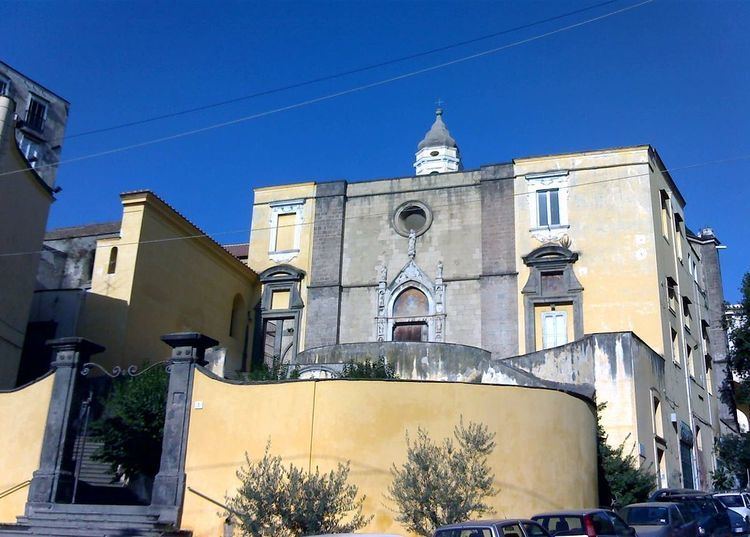Country Italy Status Active Phone +39 081 295873 Groundbreaking 1339 | Denomination Roman Catholic | |
 | ||
Address Via Carbonara, 4, 80139 Napoli, Italy Similar Santa Caterina a Formiello, Sant'Anna dei Lombardi, San Domenico Maggiore, Pio Monte della Misericordia, San Lorenzo Maggiore | ||
Napoli chiesa di san giovanni a carbonara
San Giovanni a Carbonara is a Gothic church in Naples, Southern Italy. It is located at the northern end of via Carbonara, just outside what used to be the eastern wall of the old city. The name carbonara (meaning "coal-carrier") was given to this site allocated for the collection and burning of refuse outside the city walls in the Middle Ages.
Contents
- Napoli chiesa di san giovanni a carbonara
- Napoli esoterica i misteri della chiesa di san giovanni a carbonara
- History
- Architecture and decoration
- References
Napoli esoterica i misteri della chiesa di san giovanni a carbonara
History
The monastery/church complex of San Giovanni was founded by the Augustinians in 1343. The church was completed in the early 15th century under King Ladislaus of Durazzo, who turned the church into a Pantheon-like tribute to the last of the Angevin rulers of Naples.
To the left of the entrance, almost at Via Carbonara is the church of the Pietatella.
Architecture and decoration
The current façade, with its scenographic stairwell entrance was constructed in 1707 or 1708 by Ferdinando Sanfelice. It maintains the Gothic portal with a lunette frescoed by the Lombard Leonardo da Besozzo.
The interior is on the Latin Cross plan, with a rectangular nave. The main altar decorated with polychrome marble dates from 1746. The apse contains Ladislaus' tomb, commissioned by his daughter Queen Joan II from the sculptor Andrea Ciccione. The sepulchre of Sergianni Caracciolo was also completed by Ciccione.
Among the main chapels are the following:
The church also contains a statue of the Madonna delle Grazie (1578) by Michelangelo Naccherino, and a sacristy whose decorative plan was formulated by Giorgio Vasari, with the help of Cristofano Gherardi.
The church was restored in 1856, but was severely damaged by Allied bombardments in 1943.
